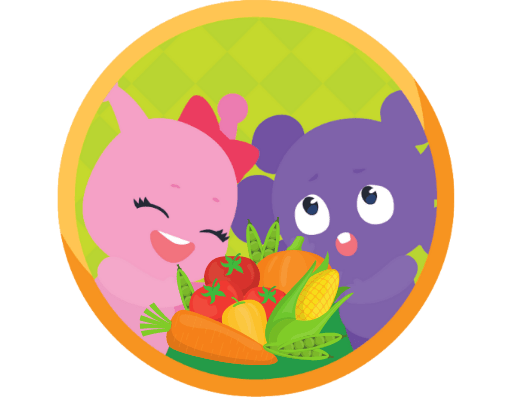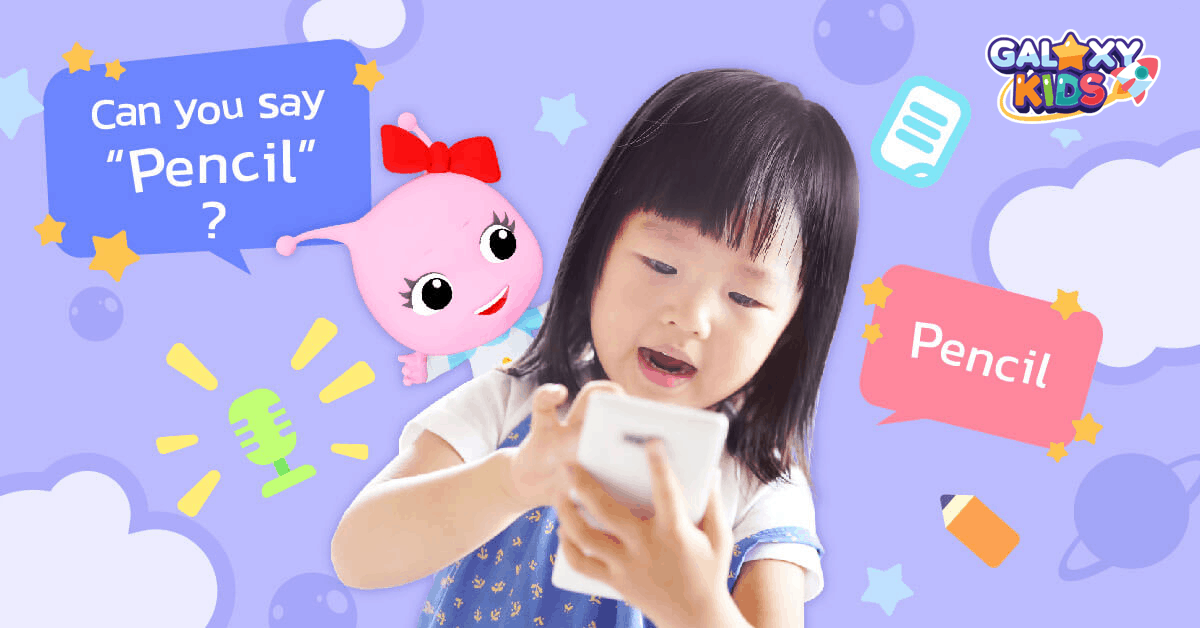Introducing children to the vibrant world of vegetables in Chinese not only broadens their vocabulary but also opens a window to cultural diversity through culinary exploration. Following up on our previous blog post “Vegetables Names in Chinese for Kids“, this blog post delves deeper into the rich variety of Chinese vegetables, providing a comprehensive list of common vegetables in Chinese food.
Vegetable Names in Mandarin Chinese
Understanding vegetables in Chinese begins with a basic names of Chinese vegetables. Exploring types of Chinese vegetables, from Chinese green vegetables names to white Chinese vegetables, provides insights into the country’s diverse agricultural practices and dietary preferences. Here, we introduce a few staples that feature prominently in Chinese cuisine.
Bitter Melon – 苦瓜 (kǔ guā)
Chinese Chives – 韭菜 (jiǔ cài)
Chinese Yam – 山药 (shān yào)
Ginkgo Nut – 银杏 (yín xìng)
Lotus Root – 藕 (ǒu)
Taro – 芋头 (yù tou)
Winter Melon – 冬瓜 (dōng guā)
Wood Ear Mushroom – 木耳 (mù ěr)
Water Chestnut – 荸荠 (bí qí)
Bamboo Shoots – 笋 (sǔn)
This expanded list not only enhances children’s vocabulary but also gives a glimpse into the diverse range of vegetables used in Chinese cuisine, each bringing their own unique tastes and textures to the dining table.
Learning to Pronounce Vegetables in Mandarin
Mastering the pronunciation of vegetable names in Mandarin can be both fun and challenging. Engaging with interactive resources, such as our guide on “How to Say 23 Different Vegetables in Chinese,” can turn this educational journey into an exciting adventure. It’s crucial for young learners to not only recognize vegetables Chinese names but also to articulate them correctly, enhancing their linguistic skills and confidence in engaging with the language.
Conclusion
Diving deeper into vegetables names in Chinese offers an enriching pathway for kids to explore Chinese culture and language. By broadening their vocabulary with an extensive list of Chinese vegetables and understanding the significance of popular Chinese vegetables in the diet, young learners gain a comprehensive insight into the richness of Chinese culinary practices. We encourage educators and parents to leverage these insights to foster a more immersive and engaging learning experience for children, thereby laying the groundwork for future linguistic and cultural explorations.
If your child is showing an interest in Mandarin Chinese or you’re looking for a fun way to boost their Mandarin Chinese skills, Galaxy Kids is the perfect place to start! Aimed at kids ages 3-8, Galaxy Kids for Chinese makes Mandarin learning fun and effective with animated AI characters, speech recognition, real-time interactions with live teachers, and a collection of interactive tools. Whether it’s through engaging stories, playful songs, interactive games, or educational flashcards, your child will be captivated at every step of their Mandarin learning adventure.



